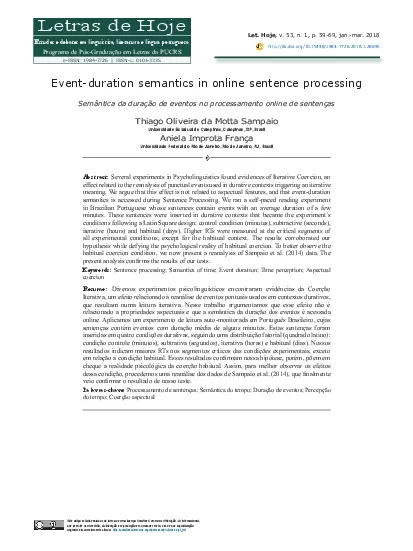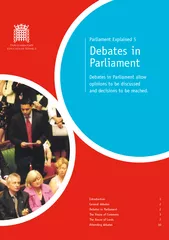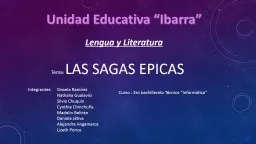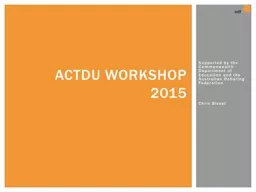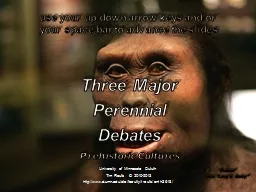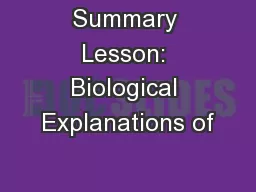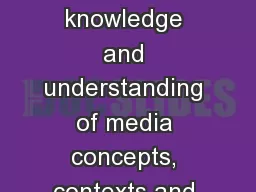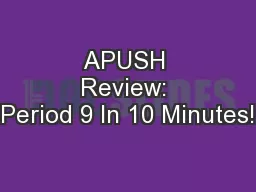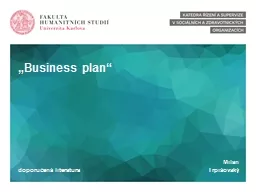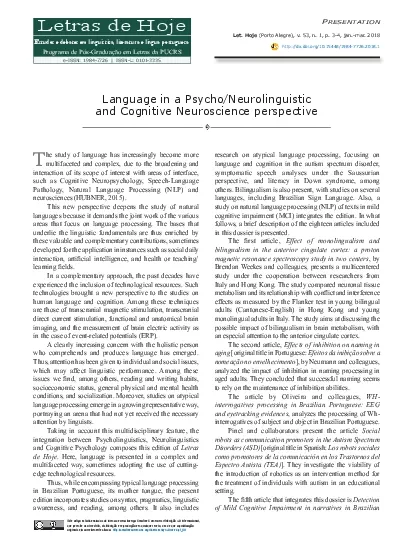PDF-Estudos e debates em lingustica literatura e lngua portuguesa
Author : gelbero | Published Date : 2021-08-08
eISSN 19847726 ISSNL 01013335Este artigo est licenciado sob forma de uma licena Creative Commons Atribuio 40 Internacionalque permite uso irrestrito distribuio e
Presentation Embed Code
Download Presentation
Download Presentation The PPT/PDF document "Estudos e debates em lingustica literatu..." is the property of its rightful owner. Permission is granted to download and print the materials on this website for personal, non-commercial use only, and to display it on your personal computer provided you do not modify the materials and that you retain all copyright notices contained in the materials. By downloading content from our website, you accept the terms of this agreement.
Estudos e debates em lingustica literatura e lngua portuguesa: Transcript
Download Rules Of Document
"Estudos e debates em lingustica literatura e lngua portuguesa"The content belongs to its owner. You may download and print it for personal use, without modification, and keep all copyright notices. By downloading, you agree to these terms.
Related Documents

